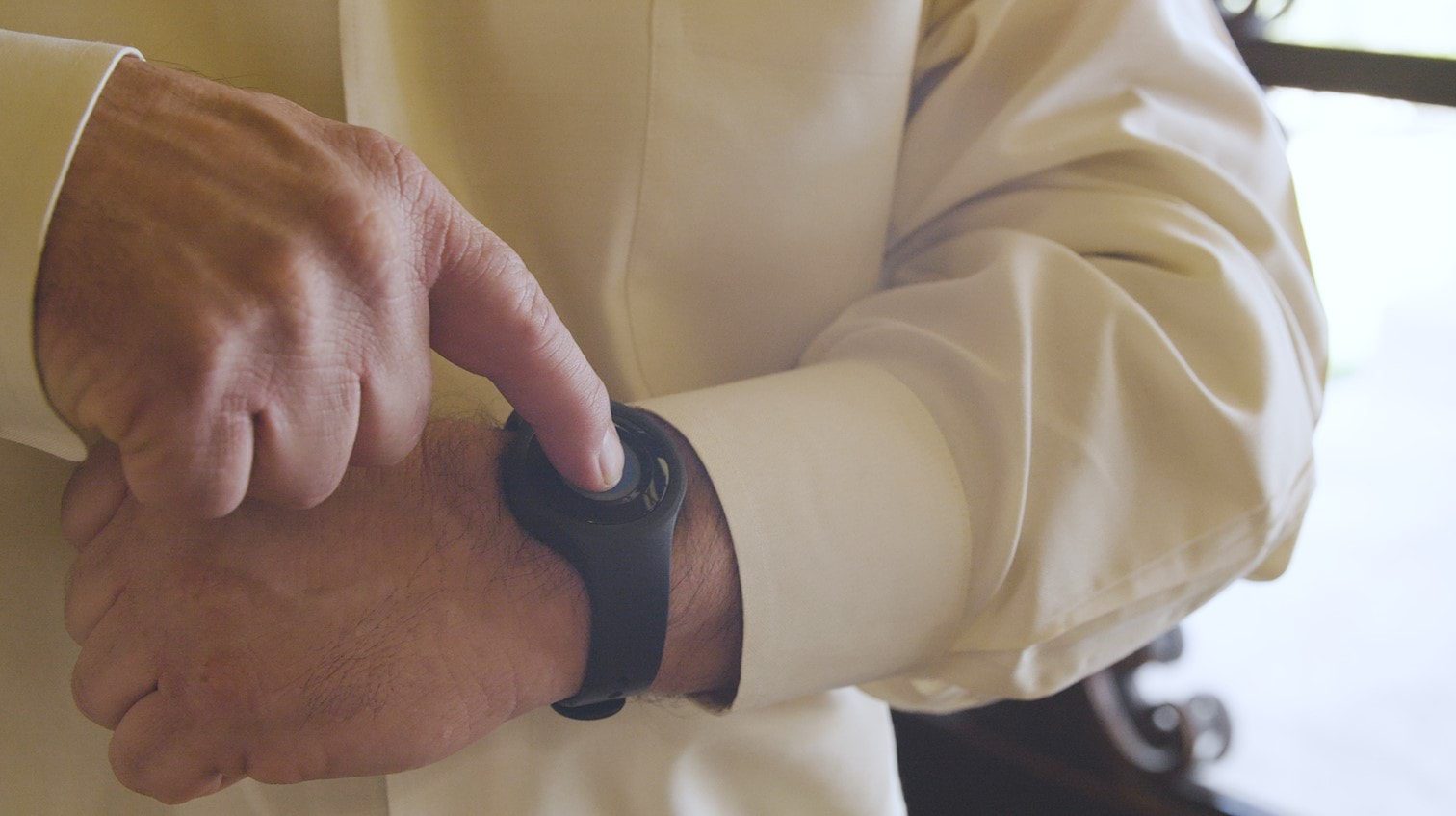They say that with age comes wisdom. That’s definitely true, and there is also a lot of freedom to be experienced in the golden years of life too! However, as we get older, many of us may find ourselves spending more time at doctor appointments and less time enjoying life. With the advancement of technology, you can experience the benefits of remote patient monitoring and improve your overall quality of life.
What is Remote Patient Monitoring?
Simply put, remote patient monitoring (RPM) is the technology that allows an individual to manage their own care from home, without having to visit a health provider’s office. Wearable devices and peripheral devices such as a blood pressure monitor or pulse oximeter can deliver information from a patient to a doctor. It is a growing segment in the telehealth industry, and Insider Intelligence estimates that there will be over 70 million users of this technology by 2025. That’s 26.2% of the population.
Who Benefits from Remote Patient Monitoring?
While the primary beneficiary is the patient, others can also reap the benefits of at-home care. Caregivers find that with a practical and helpful system in place, they experience less stress and anxiety, and more freedom because they can focus on work, family, and personal time knowing that their loved one is cared for.
Physicians and clinical providers also benefit, because the day-to-day patient experience is more transparent, especially as conditions are being monitored and stored in a connected care system. Additionally, patients are more likely to adhere to treatment plans—something a doctor can not be as certain of when only monitoring a patient in-office every few weeks or months.
Additional Benefits of Remote Patient Monitoring

- Early detection of changes in overall health. When patients monitor their vitals at home, they’re more likely to notice changes to key indicators based on their diagnosis. For instance, a diabetic patient using a glucometer to measure blood sugar may notice readings that could be a concern, prompting a call to their physician. By receiving real-time data from patient monitoring, health providers can also decide to bring patients in more quickly to adapt their treatment plans, thereby improving outcomes.
- Patients experience fewer worries. Some physicians have reported that patients are more satisfied with their care. There are a few factors at play, including reduction of risk due to Covid-19 exposure, as well as valid concerns about being able to travel to appointments, or having too many appointments with multiple physicians and providers.
- Healthcare costs are reduced. It’s not just the tangible costs of healthcare for the patient, such as copays and hospital stays that can pile up. It’s also the intangibles of extra child care, missed workdays, and transit that can break a person’s finances. Any patient with a chronic illness—like congestive heart failure, COPD, asthma, diabetes, and more—benefits from RPM. Reducing visits and hospitalizations in the short term as well as the costs of long-term complications saves patients money. And it’s not just patients that feel the financial strain. Heart disease costs our healthcare system $200 billion annually, and costs U.S. employers about $130 billion annually in lost productivity. Similar losses have been recorded for diabetes and respiratory illnesses.
- A strained healthcare system gets relief. Covid-19 brought to light a crisis that’s already been brewing among professionals. In 2019, the Association of American Medical Colleges (AAMC) projected that the U.S. will see a primary care provider shortage of as many as 55,000 practitioners over the next decade. At the same time, the U.S. is expecting a 10% population growth rate, with the number of people over the age of 65 increasing by 45%. By streamlining data, reducing visits, and bringing access to healthcare to more rural areas, remote patient monitoring meets the healthcare industry right where they need help the most.
How Electronic Caregiver Remote Patient Monitoring Systems Work
The benefits are clear, but you may still be wondering whether remote patient monitoring is really right for you or your loved one.
Electronic Caregiver focuses on both the patient experience and the doctor’s workflow. The result is a solution tailored for satisfaction by both parties. Remote patient monitoring only works if you can use it, after all! We’ve gone the extra mile to ensure that our technology is easy to use and does a lot of the heavy lifting, so that patients can spend more time living, and physicians can make efficient decisions.
Here’s an example: our Pro Health system features emergency response, medication reminders, and pocketMD telemedicine support. The Pro Health also pairs with several optional Bluetooth devices to track vitals. These include a glucometer, blood pressure cuff, pulse oximeter, spirometer, non-contact thermometer, and weight scale.
Vitals information can be directly routed to a designated medical provider, giving them important health data for each patient in real time. The system’s RPM dashboard alerts providers when a patient’s health falls above or below a certain threshold. Providers also get an alert when the system contacts emergency medical services (EMS) or customer service, or if the patient has not used the device within three days.
Electronic Caregiver employs a large clinical software and support team so providers get personalized solutions tailored for their particular service and preferences, delivered for complex disease profiles and a variety of patient conditions.
Ready to try it out? We’d love to help you get started, or answer any questions you have. Simply call 833.ECG.LIFE or use our contact form.
